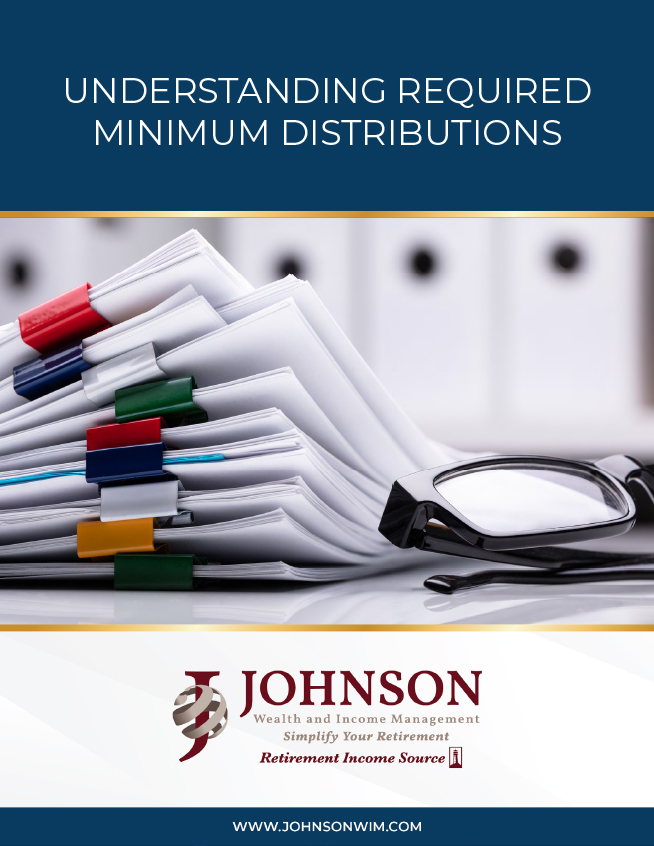Understanding Social Security Benefits
Before you retire, you should know what all your various sources of income will be, and how much you can expect to receive from each. Obviously, Social Security benefits will be one of those sources, but how much you can expect to receive depends on many factors. There are ways to help maximize your benefits and get the most you’re entitled to, and there are strategies to help minimize your tax burden from Social Security. The most important thing to consider in working toward these goals, however, is whether your Social Security benefits are coordinated properly with your other assets and sources of retirement income. We’ll address that shortly, but let’s begin with some basic facts about Social Security.
Money You Can’t Outlive
Social Security is one of the few sources of income you can pretty much depend on for life. Once you start taking your benefits, they continue to your death—and the longer you live, the more you will extract from the system. For example, if your benefit starts at $2,000 per month, and you live 10 more years, you will receive over $300,000 in lifetime benefits. If you live 30 more years, you’ll receive over $1 million over your lifetime, assuming the annual cost-of-living adjustments (COLA) averaging 2.8%. That’s good to know because retirees are living longer than ever. According to figures from the Society of Actuaries, there is a 35% chance that the average 65-year-old man will live to age 90 and the average 65-year-old woman has a 46% chance of living to age 90. For the average couple aged 65, there is a 50% chance that both spouses will live to age 81 and at least one spouse will live to age 92.
The System is Solvent… for Now
As you probably know, many have expressed concerns in recent years about the solvency of Social Security. That concern stems partly from the fact that people are—as noted—living longer, which means the Social Security Administration is paying out benefits longer than they had to in the past. Another problem is that when Social Security started, approximately 40 people were working and paying into the system for every 1 retiree. According to the most recent data, there are now only 2.8 people working and paying into the system for every 1 person taking benefits.
Despite all this, estimates from OASDI (Old Age, Survivors, and Disability Insurance) indicate the current Social Security trust fund will not be depleted before the year 2033. If no changes are made to the system between now and then, however, a reduction of about 23% to everyone’s Social Security benefit would be necessary after 2033. So, while the system is solvent for now, working Americans in their 40s and early 50s might want to keep pressure on their elected officials to address the important issue of Social Security reform sooner than later!
Understanding Social Security Benefits Read More »




